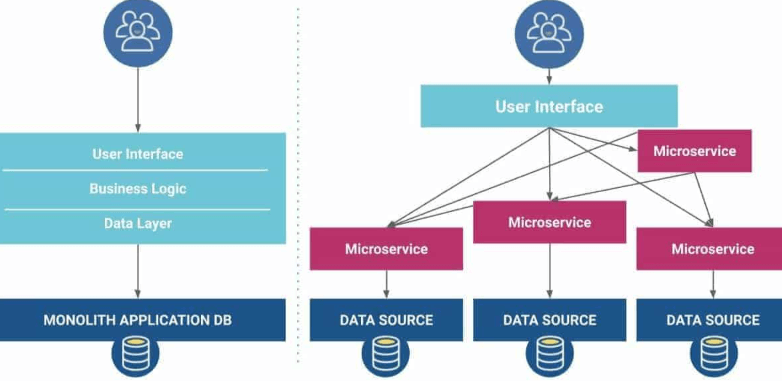Service Mesh Moves Its Stable Releases mesh technology has evolved significantly, particularly with its recent stable releases. These updates emphasize improved traffic management and enhanced security features. This evolution addresses the complexities inherent in microservices architectures. As more organizations adopt service meshes, understanding the implications for developers and operations teams becomes essential. What does this mean for the future landscape of cloud-native applications?
The Evolution of Service Mesh Technology
As organizations increasingly adopted microservices architectures, the need for effective communication and management between these services gave rise to service mesh technology.
This innovation addressed scalability challenges inherent in mesh architecture, enabling seamless interactions among services.
Key Features of Recent Stable Releases
While organizations continue to embrace service mesh technology, recent stable releases have introduced several key features that enhance functionality and performance.
Notably, advancements in traffic management offer improved routing and load balancing capabilities, allowing for smoother application interactions.
Additionally, security enhancements ensure that communications between services are more robust, protecting sensitive data and reinforcing trust within distributed systems, thereby fostering greater operational freedom.
Benefits for Developers and Operations Teams
Service mesh technology offers numerous benefits for both developers and operations teams, particularly by simplifying the complexities of microservices architectures.
By streamlining communication between services, it enhances developer productivity and allows teams to focus on innovation.
Read Also Rust Survey Finds Linux Vs Users
Additionally, it boosts operations efficiency through automated traffic management and monitoring, thereby reducing manual intervention and enabling quicker responses to issues, ultimately fostering a more agile environment.
Future Trends in Service Mesh Adoption
With the increasing complexity of cloud-native applications, organizations are poised to further embrace service mesh technology in the coming years.
As the benefits become clearer, adoption barriers such as initial setup complexity and operational overhead may diminish.
This shift will likely lead to enhanced scalability, improved security, and more efficient resource management, empowering teams to innovate freely and respond to dynamic market demands.
Conclusion
As service mesh Service Mesh Moves Its Stable Releases continues to mature, it emerges as the invisible thread weaving together the complex tapestry of microservices. With its enhanced capabilities, it empowers developers to innovate without the weight of infrastructure concerns, while operations teams can navigate the market’s currents with agility. The horizon hints at even greater adoption, positioning service meshes as the backbone of cloud-native applications—much like a lighthouse guiding ships safely through tumultuous seas.







